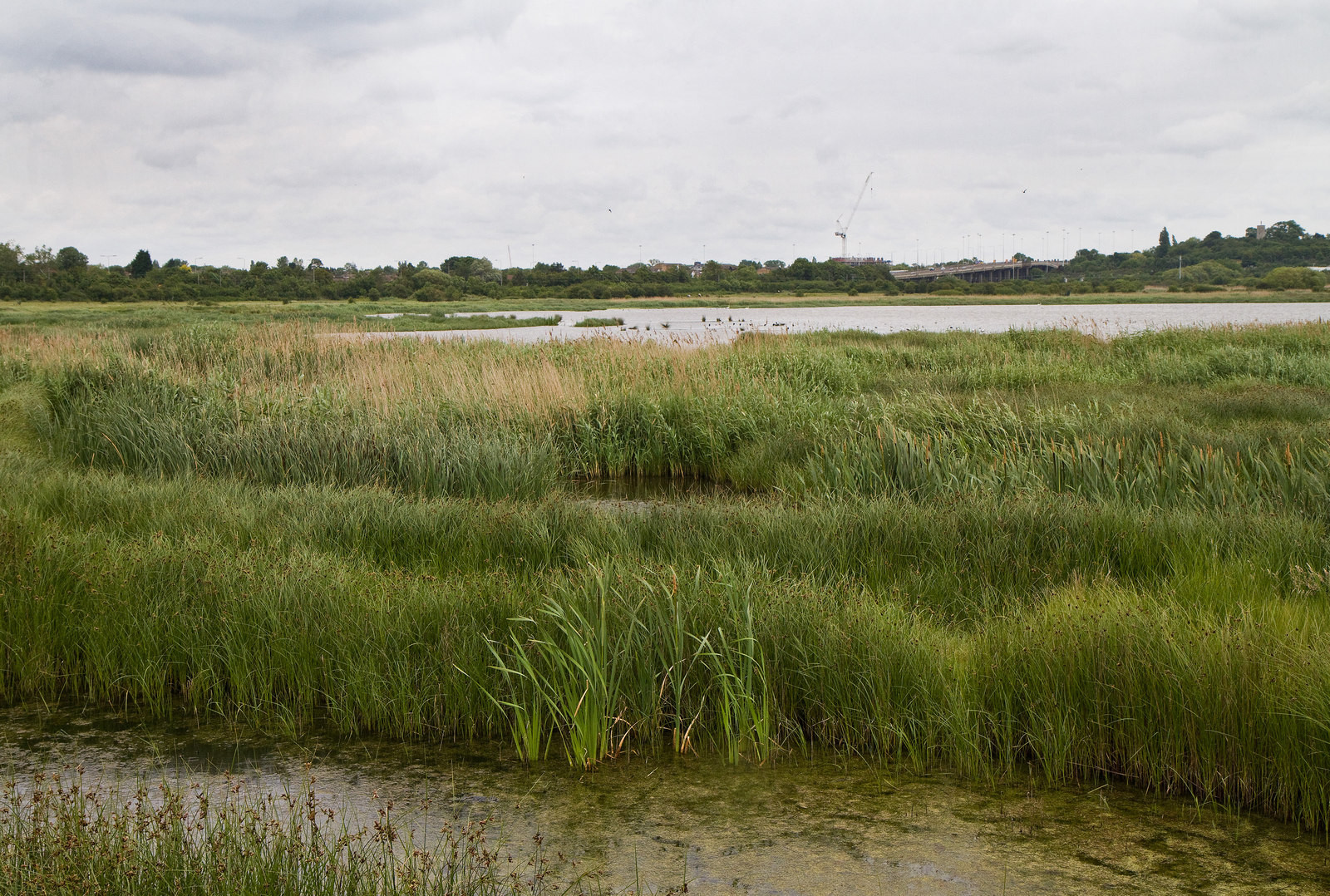Descripción
RSPB Vange Marsh consists of a large freshwater lagoon, reedbed and saline lagoon with some grassland and scrub, The area hosts breeding Avoceta Común, Chorlitejo Chico, Avefría Europea and Escribano Palustre. While Silbón Europeo, Cerceta Común and Cuchara Común are regular visitors in the winter. Vange Marsh is a quite hidden place, with lots of birds, insects and if you are lucky you can see rabbits. Among the other birds that can be spotted in the area are Cuco Común, Bigotudo, Carricerín Común, Carricero Común, Cetia Ruiseñor, Reyezuelo Sencillo, Curruca Zarcerilla, Curruca Zarcera, Lavandera pía, Aguilucho Lagunero Occidental, Alondra Común and Ostrero Euroasiático.
Detalles
Accesso
RSPB Vange Marsh is located south of the town of Basildon. Turn off the A13 at the Pitsea Junction and follow signs for Wat Tyler Country Park. Travel down Pitsea Hall Lane straight over the mini roundabout and then across the railway bridge. Park your car in the Pitsea railway station's Pay and Display car park just before the level crossing on the left. Click on the P in the map for directions to the parking. Follow the footpath opposite Pitsea station for 0.6 km (0.4 miles), cross the un-manned, gated railway crossing into the reserve.
Saline lagoon trail: From the kissing gate follow the 0.4 km (0.24 miles) track to the viewing screen overlooking the saline lagoon, passing the reedbed on one side and freshwater lagoon on the other.
Freshwater lagoon trail: Continuing straight on from the kissing gate, the 0.9 km (0.55 miles) path follows the north western shore of the freshwater lagoon and ends on a raised bank at its western end.
Terreno y habitat
Pradera , Humedal , Llanura , Árboles y arbustos dispersos , Cañizos , Pisos de barro , EstanqueCondiciones
Plano , Paisaje abierto , PantanosoCamino circular
No¿Se necesita telescopio?
SíBuena época para el avistamiento de aves
Todo el añoMejor momento para visitar
Primavera , Migración de otoño , Migración de primaveraRuta
Camino sin asfaltarCamino difícil de andar
FácilAccesible vía
A pieEscondite de observación / plataforma
NoInformación extra
This site can be extremely muddy in areas, especially during Autumn and Winter making the ground very wet and slippery.



